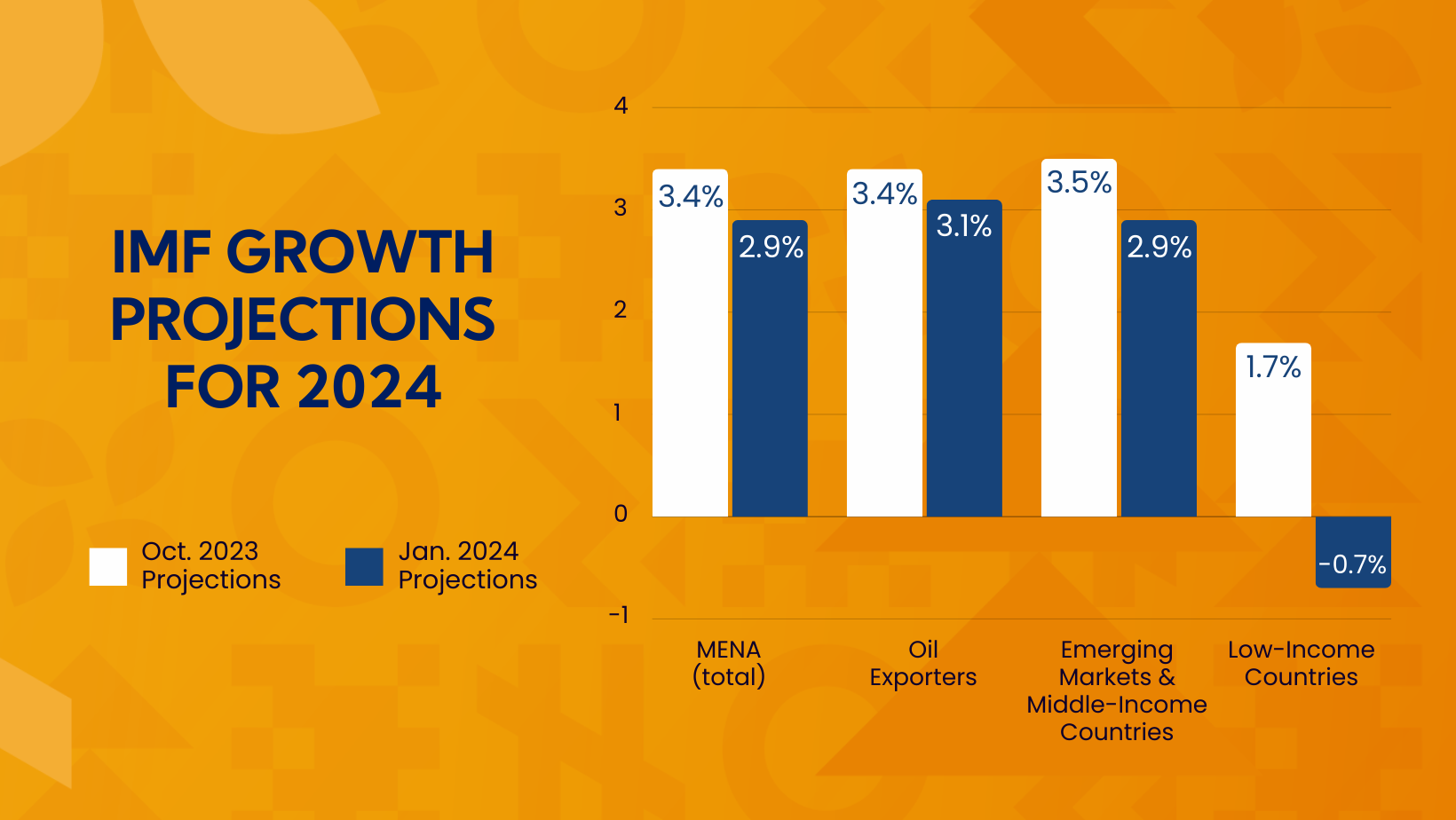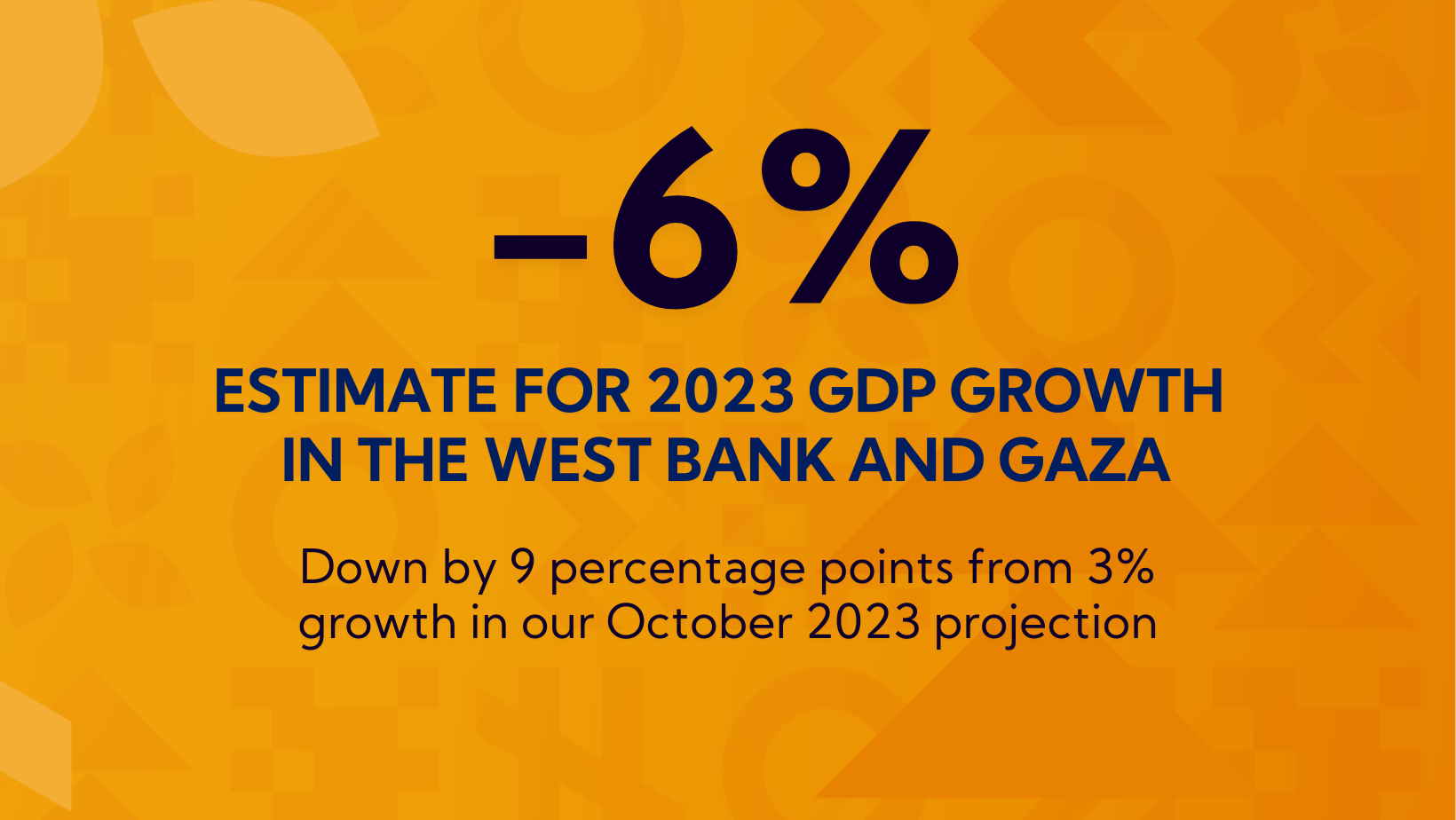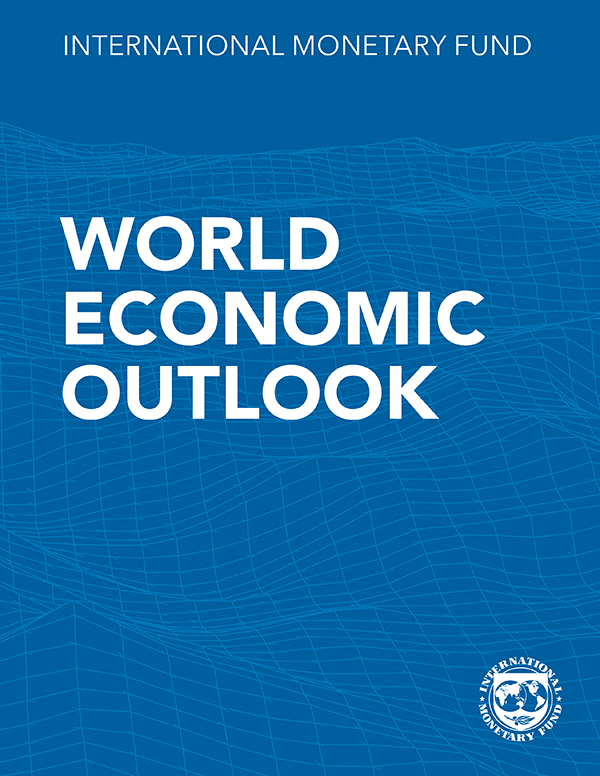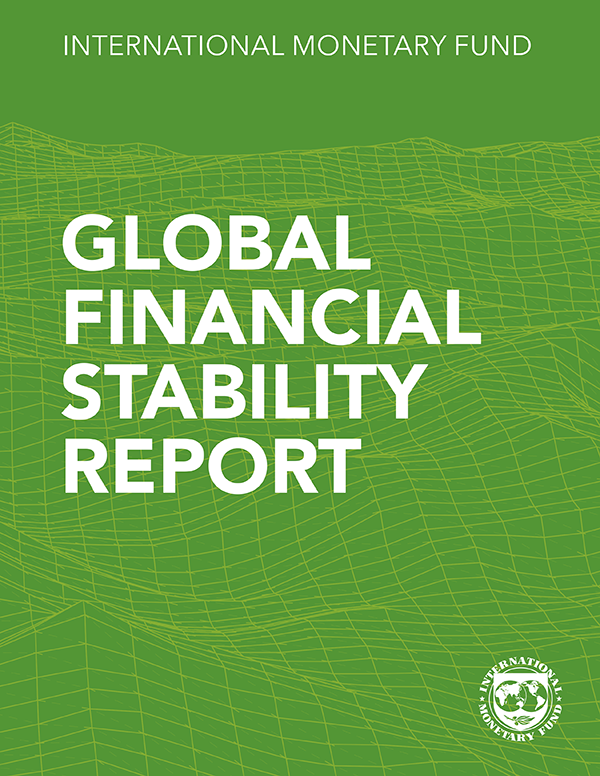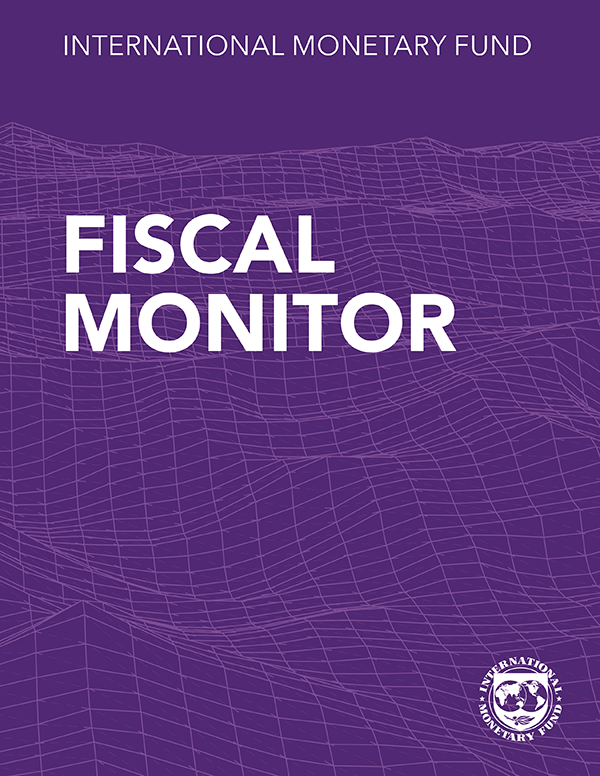Conflict Compounding Economic Challenges
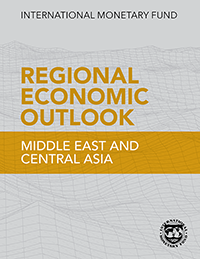
The conflict in Gaza and Israel is yet another shock to the Middle East and North Africa (MENA) region. It
is causing immense human suffering and exacerbating an already challenging environment for
neighboring economies and beyond. This Update covers economies in the MENA region and does not
discuss developments in Israel. Overall, the major factors weighing on regional growth in MENA are
(i) the impact of the conflict; (ii) oil production cuts (even as robust non-oil sector activity continues to
support growth in several oil exporters); and (iii) continued necessary tight policy settings in several
economies. Social unrest has also picked up. Projected growth in the MENA region this year is
downgraded by 0.5 percentage point to 2.9 percent (relative to the October 2023 Regional Economic
Outlook: Middle East and Central Asia), from already weak growth of 2.0 percent in 2023. Primarily driven
by the ongoing conflict in Sudan, average growth across low-income countries (LICs) in MENA is forecast
to remain negative this year, continuing the estimated sharp decline in 2023. Disinflation is expected to
continue in most MENA economies, although price pressures have proven persistent in some cases
because of country-specific factors.
The outlook for the MENA region is highly uncertain, and downside risks are resurgent. An escalation or
spread of the conflict beyond Gaza and Israel, as well as an intensification of the disruptions in the Red
Sea, could have a severe economic impact, including on trade and tourism.
The appropriate policy response will depend on countries’ exposure to the conflict, preexisting
vulnerabilities, and policy space. Crisis management and precautionary policies will be critical where the
impact is acute, or risks are elevated. Elsewhere, countries will need to continue to fortify buffers.
Monetary policy will need to remain focused on price stability, and fiscal policy should be tailored to
country needs and available fiscal space. Structural reforms remain critical to boosting growth and
strengthening resilience in both the near and longer terms.
Publications

-
September 2024
Finance & Development
- PRODUCTIVITY

-
September 2024
Annual Report
- Resilience in the Face of Change
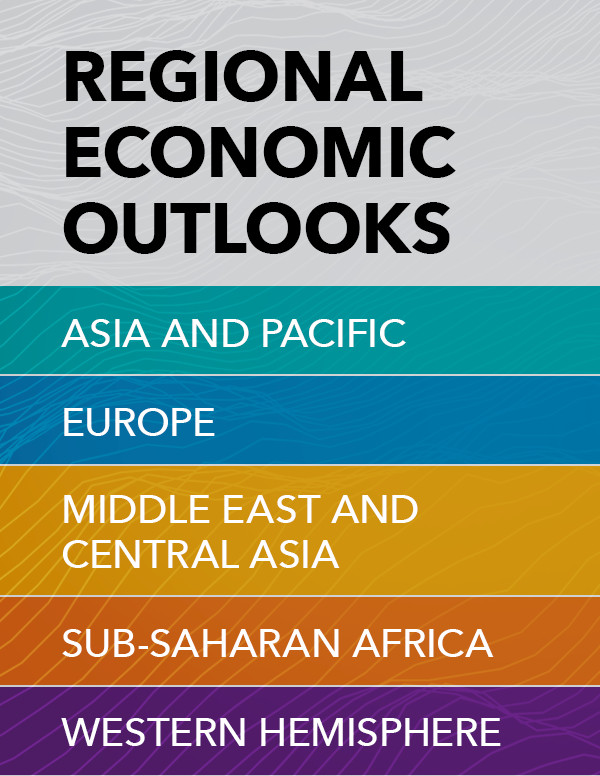
-
Regional Economic Outlooks
- Latest Issues






